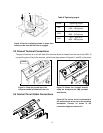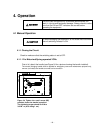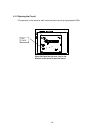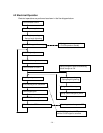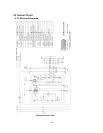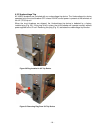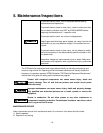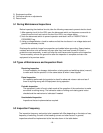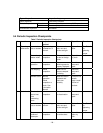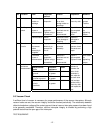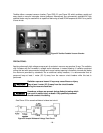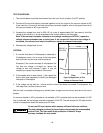
- 26 -
Type of inspection Inspection frequency
Patrol Inspection Once every 6 months
Periodic Inspection Normal Once every 1 to 3 years or every 3,000 operations
Detailed Once every 6 years
Unscheduled Inspection As needed
5.4 Periodic Inspection Checkpoints
Table 7 Periodic Inspection Checkpoints
No. Location Item Inspection
method
Criteria Disposition Remarks
1 Operating
mechanism
Loose bolts,
nuts or screws
Tighten using
screwdriver or
wrench.
Make sure all
bolts, nuts and
screws are tight.
Tighten if
loose.
See Table 5
for
ightening
torque.
Dust or foreign
matter inside
Visual
inspection.
Make sure there is
no dust or foreign
matter.
Wipe with a
dry cloth.
Indicator
operation
Visual
inspection.
Make sure
switching status is
properly displayed.
Check the
cause and
repair.
Part warping Visual
inspection.
Make sure no
parts are warped
or missing.
Check the
cause and
repair.
Smooth action Manual
operation.
Visual
inspection or
touch. See
Lubrication
Manual
Make sure action
is smooth and
shafts turn
smoothly.
If action is not
smooth,
apply a small
amount of
lubricant.
2 Main circuit Discoloration
due to heat
from
conducting
parts
Visual
inspection.
Make sure there is
no discoloration.
Check the
cause and
repair.
Loose bolts,
nuts or screws
Tighten using a
wrench.
Make sure all
bolts, nuts and
screws are tight.
Tighten if
loose.
See Table 5
for
tightening
torque.
Dust on
surface of
Interrupter.
Visual
inspection.
Make sure there is
no surface dust.
Wipe with a
clean dry
cloth.



